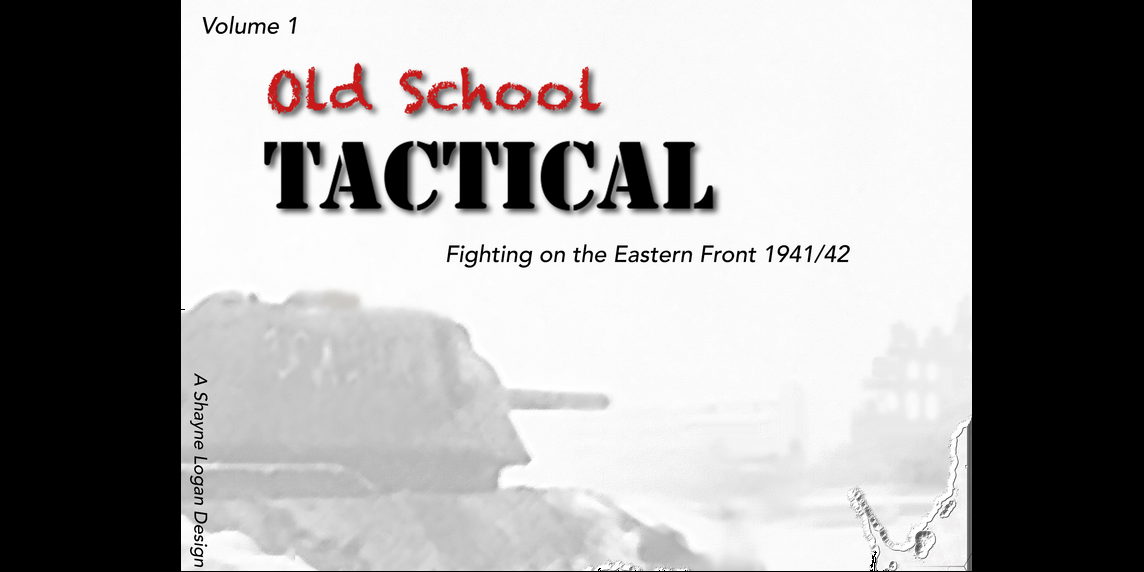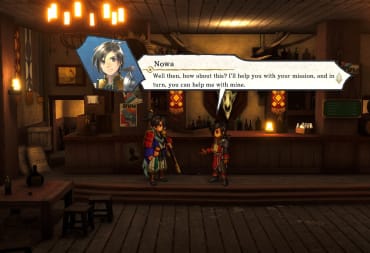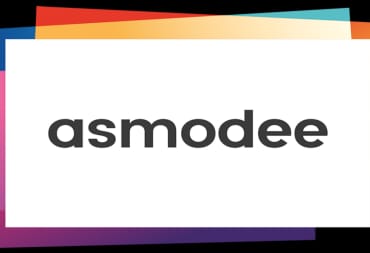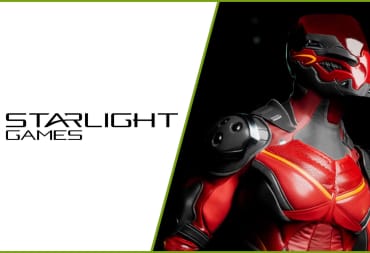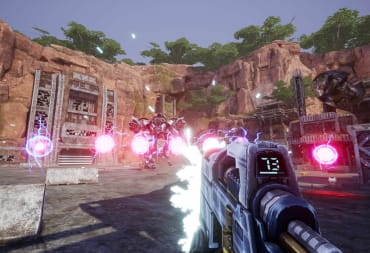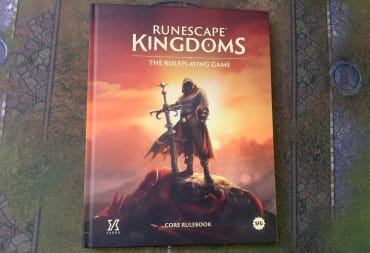Old School Tactial, designed by Shayne Logan, is big. Very big. The box is a surprisingly heavy, unwieldy rectangle. The counter sheets are crammed full of large German and Russian armor, vehicles, troops and effect tokens, all printed on thick, high quality cardboard. The two mounted map boards are gigantic, each dwarfs just about every other board from any game in my collection. Hex and counter war games can already be intimidating enough to novice wargamers, and Old School Tactical's physicality does nothing to assuage that feeling.
Fortunately, the rules that the game is built upon are tight, well-written, and easy to learn, and the rulebook is very well-structured. There is a huge amount of stuff in Old School Tactical's box, but it doesn't take that long from the time you crack open this cardboard beast to the time that you can have units on the board, duking it out in small-unit tactical encounters from the Eastern Front of World War II. All of the requisites of good wargaming are here, from combat tables, terrain modifiers, and unit morale, to a solid rule-set that cleanly and clearly handles both infantry and armor without going too far into the minutia of either.
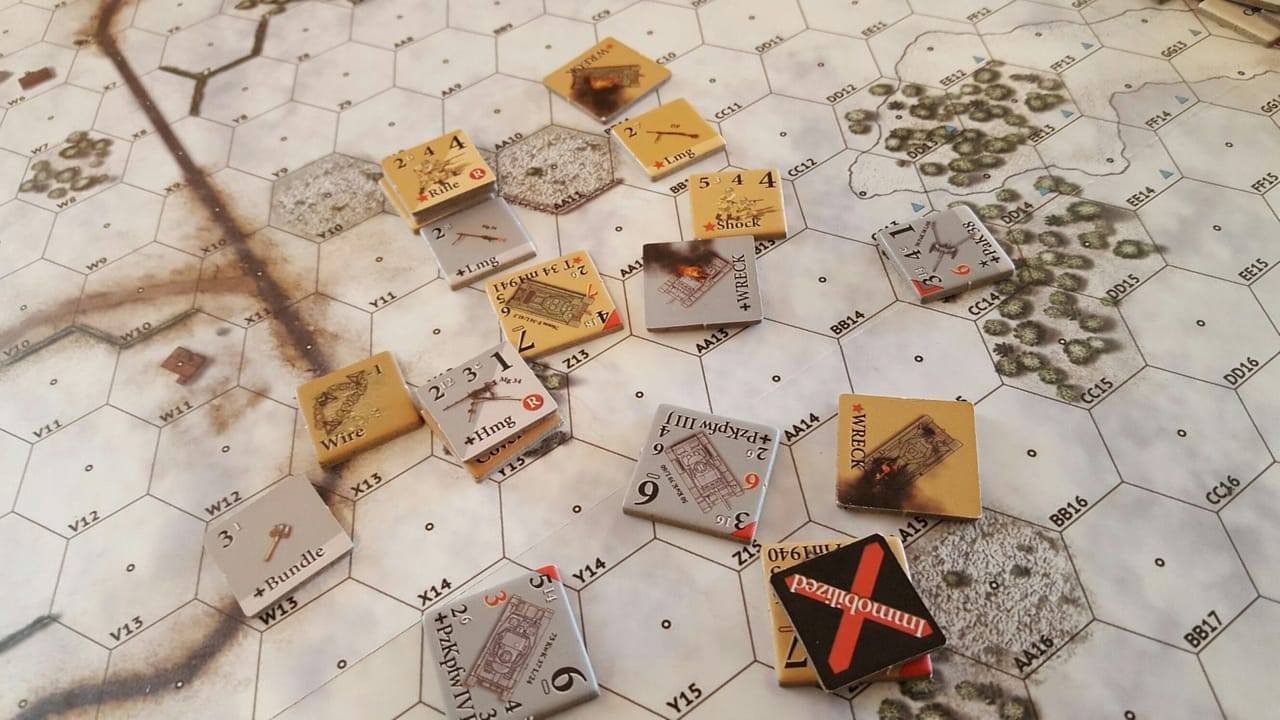
There is a lot to like in Old School Tactical. The game mixes infantry and vehicles in a way that is easy to pick up and provides a solid amount of depth without straying too far into simulation, yet still remains satisfying and action-packed without feeling shallow. The pacing, and you-go-I-go gameplay keeps both sides of the conflict involved, and the scenarios are well-balanced and thematic. The maps are beautifully drawn, and terrain and elevation are easily recognized at a glance, and the rules for both are intuitive and straightforward. Players who have prior wargaming experience are likely to grok Old School Tactical's rules very quickly, yet new players shouldn't be too far behind them.
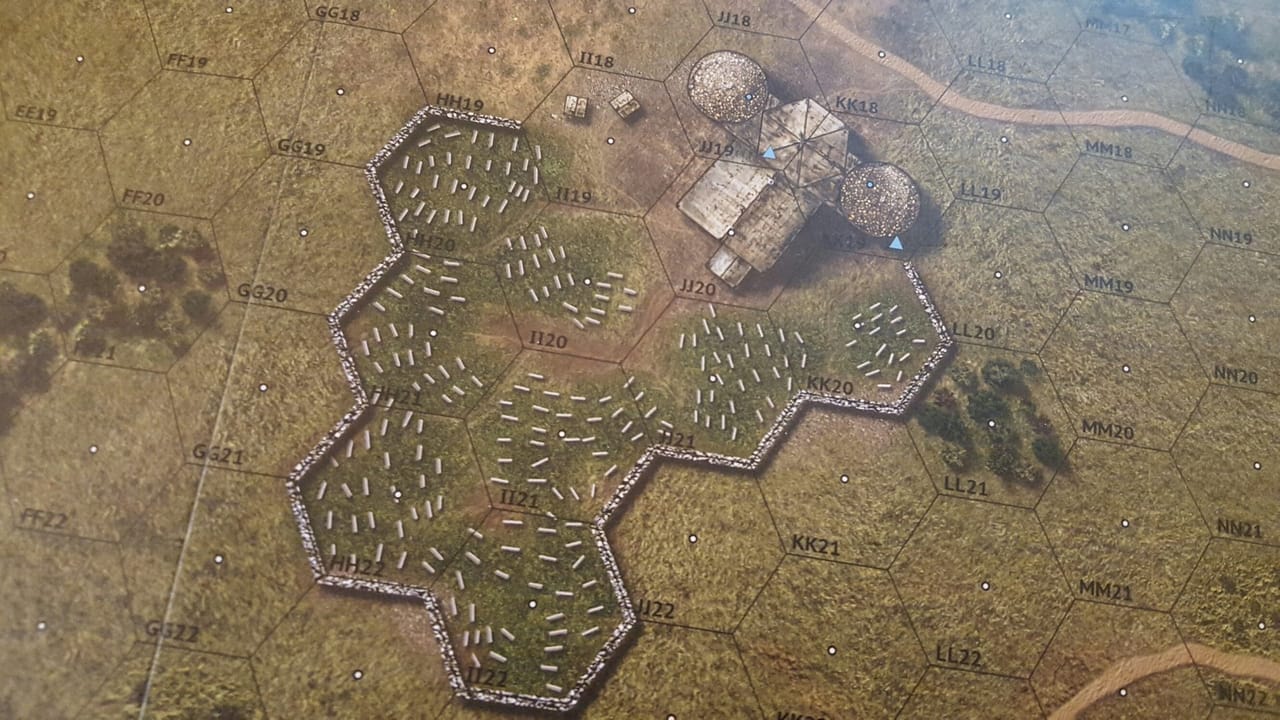
Old School Tactical uses an Impulse points system that determines how many points each player will have to activate their units each turn. Nearly every action, from movement to combat, costs a single Impulse point (two if you use a Leader to activate a stack of units), so activating units is simply a matter of declaring which unit(s) you wish to activate and whether you wish to Move, Attack, Assault Move, attempt to fortify your position, etc. The Impulse system makes it easy to keep track of exactly how much you can do on your turn and keeps the game constantly moving, and units are marked with tokens once they've moved or attacked, so it's easy to see which units are available to you and what options you have with each of them.

One small downside to the Impulse system is that it is controlled by dice rolls. Each scenario lists how many Impulse dice each player will roll, and the total of a player's dice is the number of points they have to spend for that turn. Usually, the dice give average results, and both players will be in the same ballpark for the number of points they have to spend, but occasionally one player will get hit with a few turns in a row of terrible rolls. This can be devastating to one side of the conflict, especially if the other player's dice come up exceptionally well, and it can absolutely doom one player. The rulebook speaks directly to this possibility and points towards historical context for sudden swings in battle and, while it can be viewed as historically accurate, it can also completely turn the tide of battle. That's the way it is with dice though, and, thankfully, the odds are against it happening very often, but be aware that it can happen. Usually, the Impulse system gives each player enough points that the battles feel action-packed and exiting, but not too many points, so players still have to be smart about which units they activate and which actions they take.
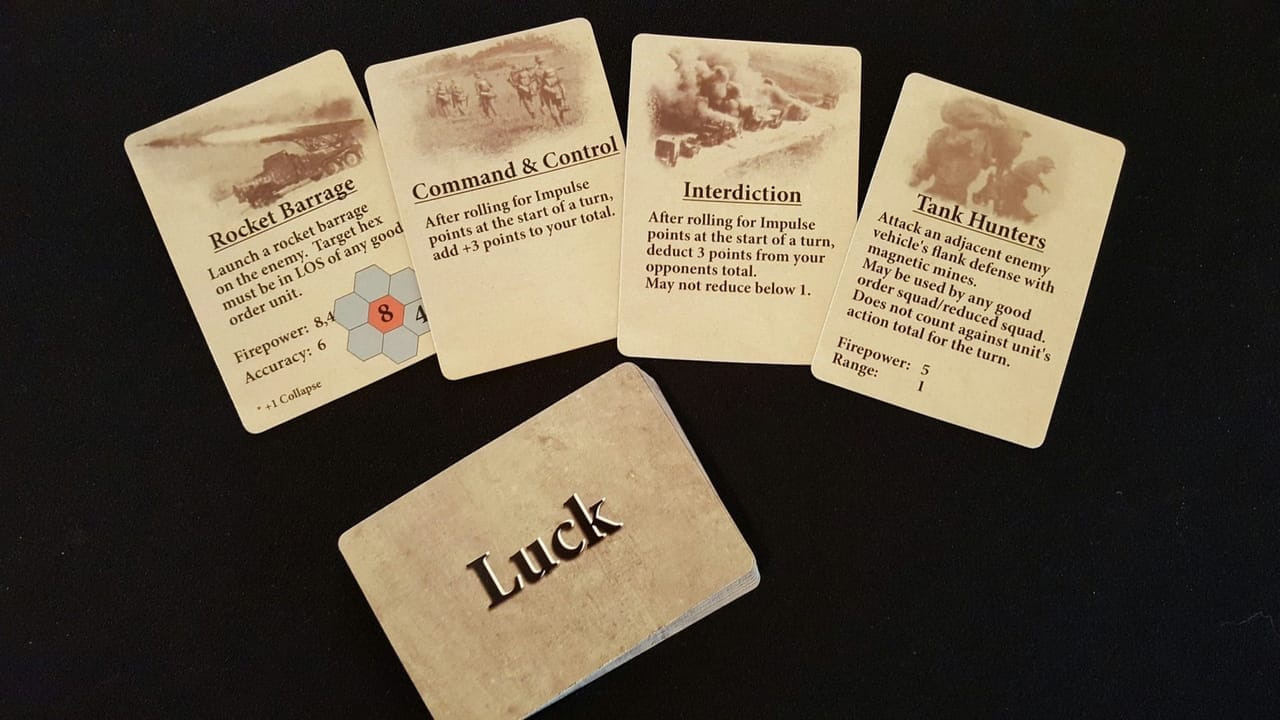
Each side is also dealt a single Luck card each mission, which can range from allowing a unit to automatically succeed at a Gut Check roll to allowing one player to call in a powerful artillery strike. The Luck cards can be used to terrible effect if the right card is played in the right situation, but by rules as written they often don't factor too heavily into the overall outcome of the game. They can simply be left out for players who dislike yet another random element, but players who really like chaos can just as easily deal more to each player.

Combat, like Impulse points, is also dice-based, with attack power compared against defense to arrive at a column on the Combat Tables, which is then compared against the die roll. The structure of the tables, both infantry and armor, are well-done, and it doesn't take long before players can tell whether attacks are likely to be successful at a glance, while still leaving open the possibility to make those one-in-a-million shots. Even though the tables need to be referred to often, they are intuitive and clear enough that it doesn't detract from the game's action. Infantry combat is fairly straightforward simply taking the difference between attack and defense, while armored combat adds some thematic and realistic complexities.
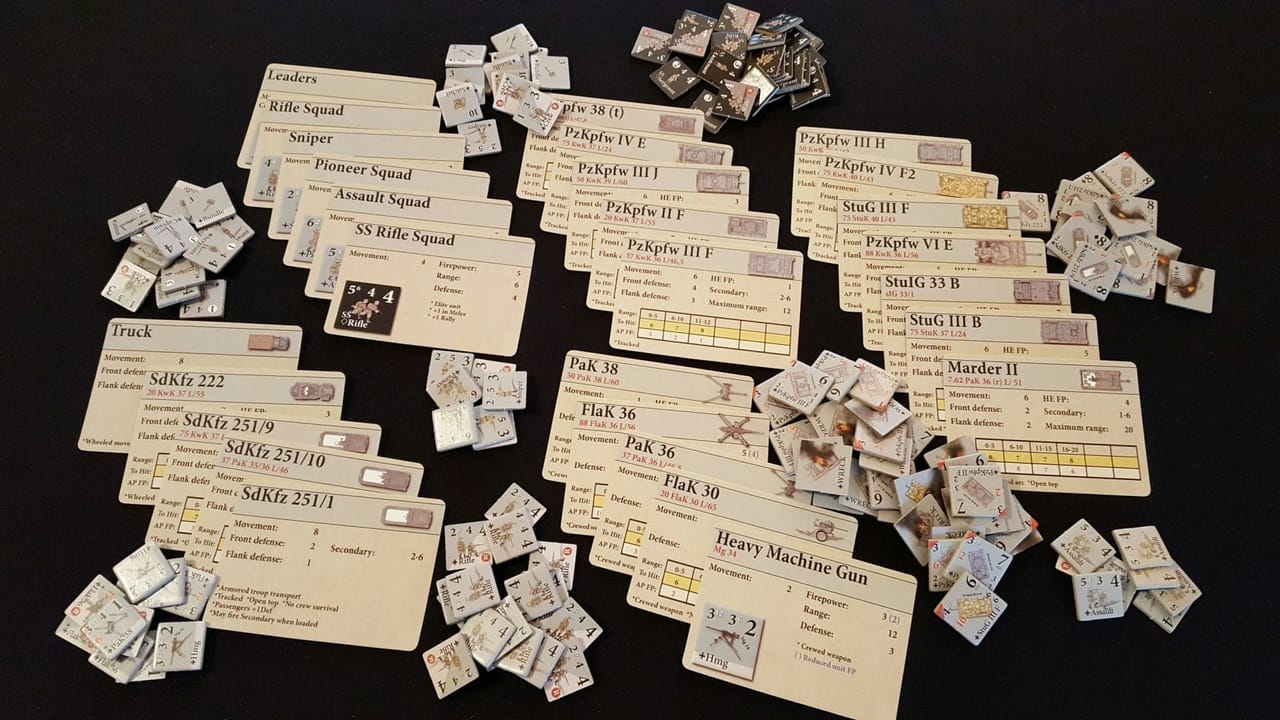
Armored units have both front and flank armor, and the vehicles are representative of their real-world counterparts. Tanks with turrets can fire in any direction while vehicles and crewed weapons with fixed-barrels are limited to attacking in their firing arcs. Old School Tactical also has a quick and easy system for resolving tank duels when enemy tanks engage each other in the same hex. Vehicles also interact with terrain and can become bogged down or immobilized if players risk taking them through rough terrain. The game even accounts for those vehicles that had open tops and for collateral damage on infantry units that are being transported by the vehicles. The game does a great job of streamlining complexities like these, which add a lot of realism and immersive, thematic flair to the game. Even the more involved vehicle combat is still streamlined and quick, with vehicles making to-hit rolls on top of damage rolls, and vehicles can be damaged in various ways, such as losing their main gun or becoming immobilized. While you do need to check charts for the results, the combat system is satisfying, and results are calculated quickly enough to keep the action moving without getting bogged down in overly complex procedure.
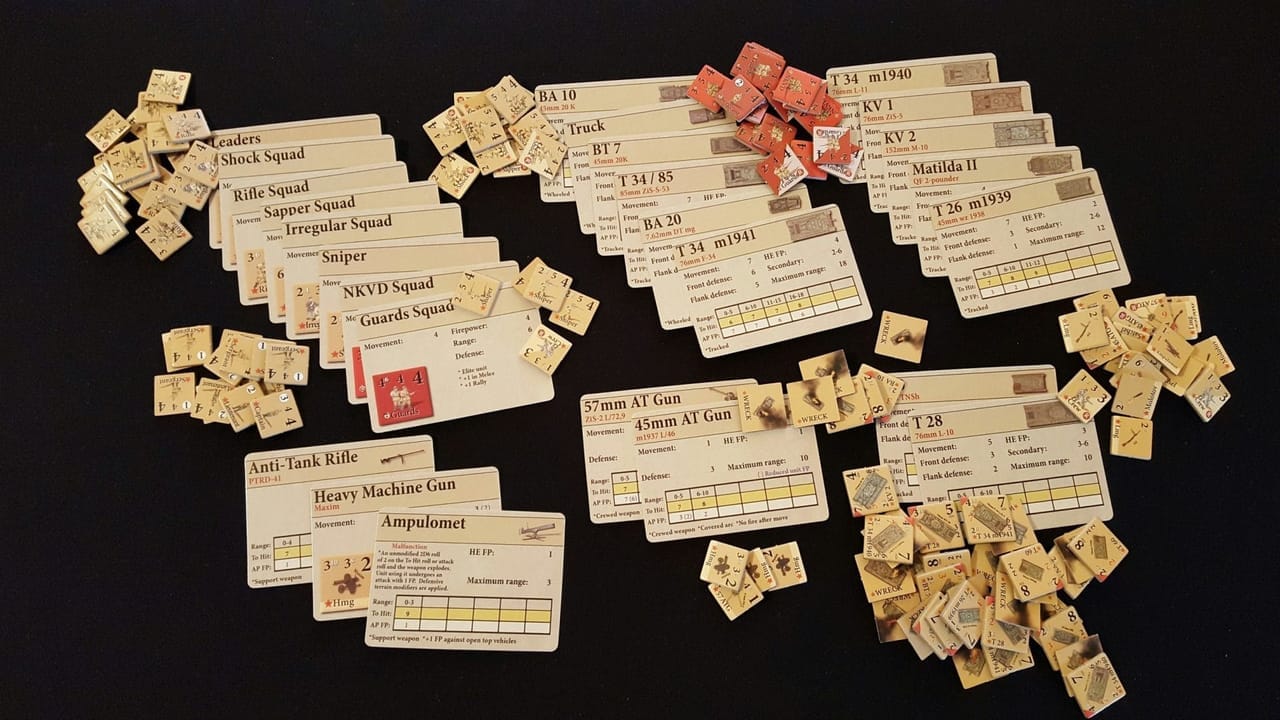
As I mentioned earlier, the maps are beautiful but they come with a "tiny" caveat. They are so big that they can be a bit cumbersome to use. They take up a table-engulfing amount of space, and, while they look impressive, the scenarios actually have you mark off small chunks of the board to use. It's a tad disappointing to lay out a monster board and only be able to use a small chunk, but some of the scenarios do use a good sized portion of the boards, and, for the truly insane dedicated players, there's nothing stopping you from using the entire board to set up a massive skirmish battle across the entire map that would certainly be as epic as it would be time-consuming.
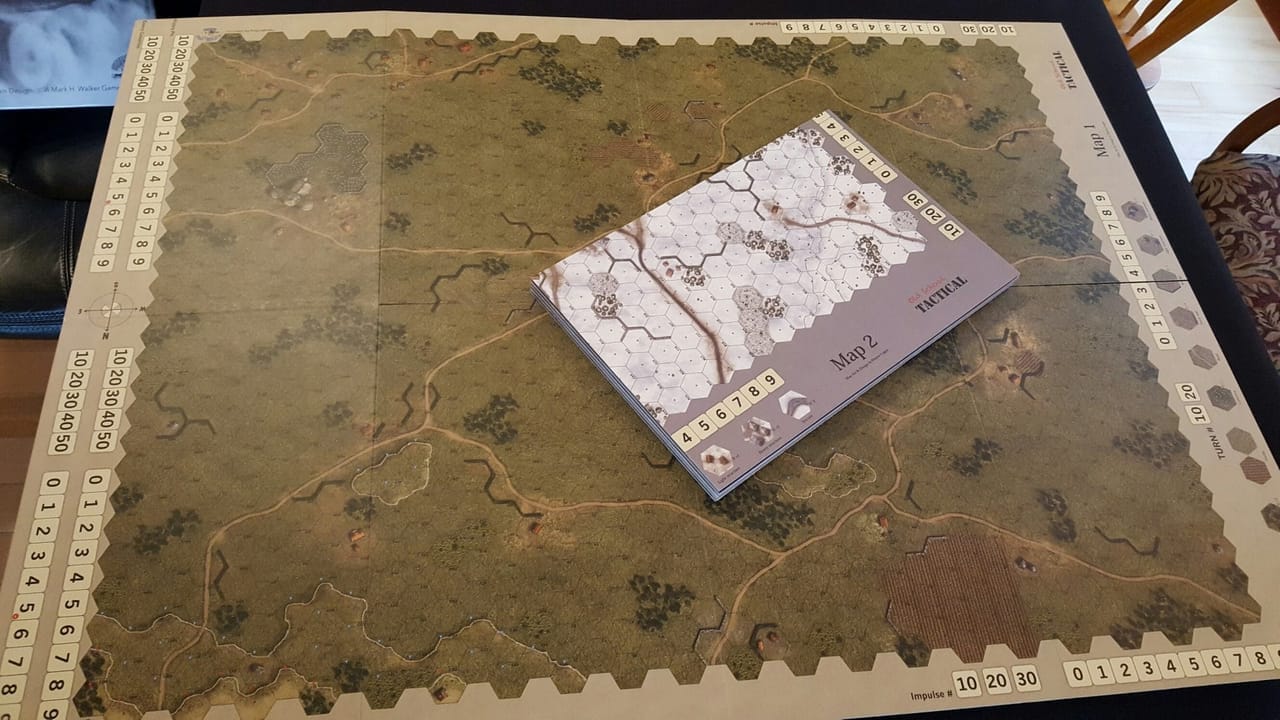
All told, Old School Tactical is a great game. The game offers thematic, action-packed gameplay that spans 20+ interesting scenarios, and it's easy to imagine the chatter of machine gun fire, the metallic grind of tank treads, and the thrum of heavy weaponry while playing. The game is deep and strategic enough to appeal to veteran hex-and-counter wargamers while being accessible enough to be playable by less experienced players as well. It offers a good mix of historical accuracy and playability and, with the promise of even more content for this system on the horizon, Old School Tactical has serious staying power.
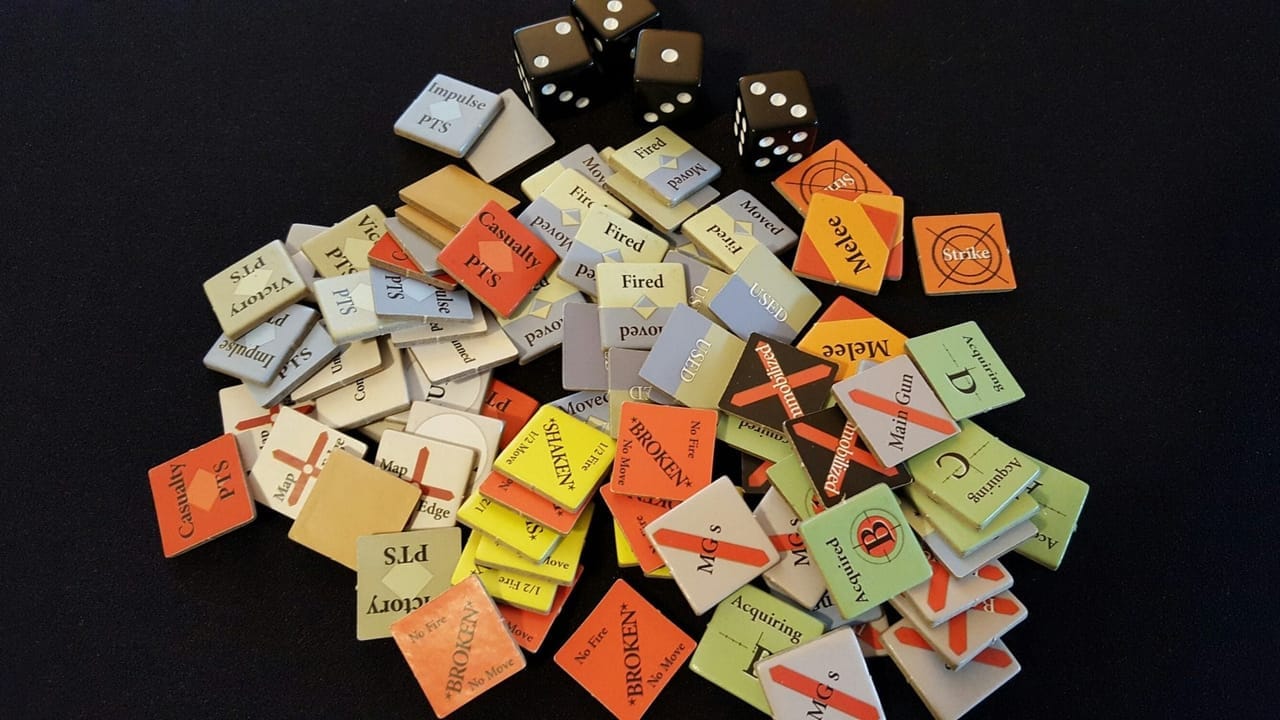
A note on “chrome”: Old School Tactical has excellent components. The counters are all huge and well-illustrated, the boards are gigantic, and the hexes are all 1'' across. The rulebook is very well-written, which is vital for a game like this, and it's easy to reference when you run into questions during play. The included player aids are handy, and the charts are easy to read and navigate.
The bottom line:
Old School Tactical is a great game that sits comfortably on the shelf next to amazing games such as Combat Commander. The components are second to none in wargaming, even if the boards are bordering on too big. The missions are varied, thematic, and balanced, and offer a wide range of interesting goals and objectives, and there are enough of them to keep you busy playing for a long time. If you enjoy hex-and-counter wargaming at the unit level and are looking for a game with an excellent mix of vehicle and infantry combat, then look no further. Old School Tactical will have a special appeal to students of history that really enjoy exploring the Eastern Front of WWII. The rules are deep, thematic, and accurate enough to feel satisfying while being accessible and quick playing enough to keep things moving without getting bogged down in complexity.
Get this game if:
You enjoy hex-and-counter wargaming.
You like games that have a great balance between depth and playability.
You enjoy historically themed tactical strategy games.
Avoid this game if:
You dislike games of direct conflict between players.
The copy of Old School Tactical used for this review was provided by Flying Pig Games.
Review Summary
Old School Tactical is built upon a tightly designed, focused, and balanced game system. This is a great game for people who want a deep, satisfying WWII tactics game that offers a hefty amount of strategic and tactical options while offering a good balance between ease-of-play and complexity.
(Review Policy)Have a tip, or want to point out something we missed? Leave a Comment or e-mail us at tips@techraptor.net
